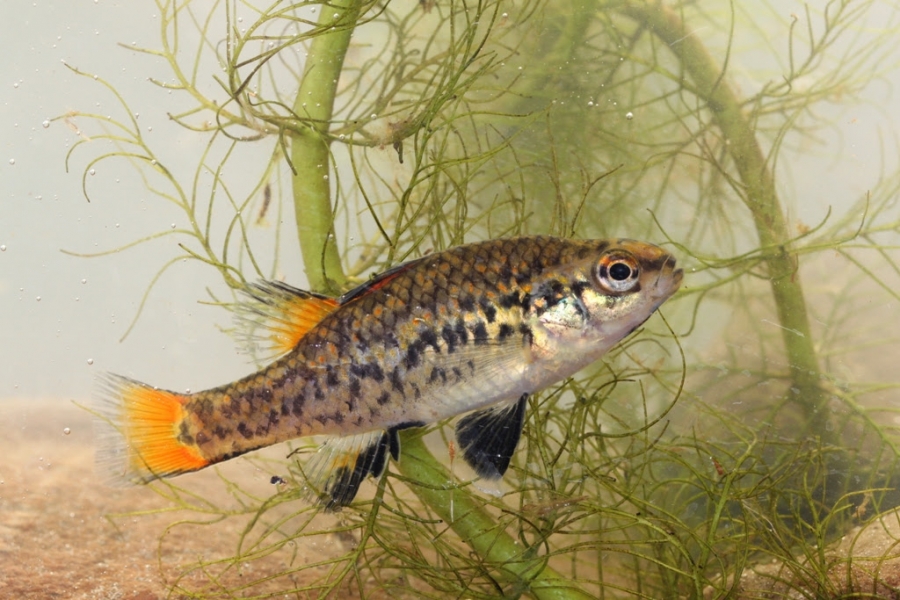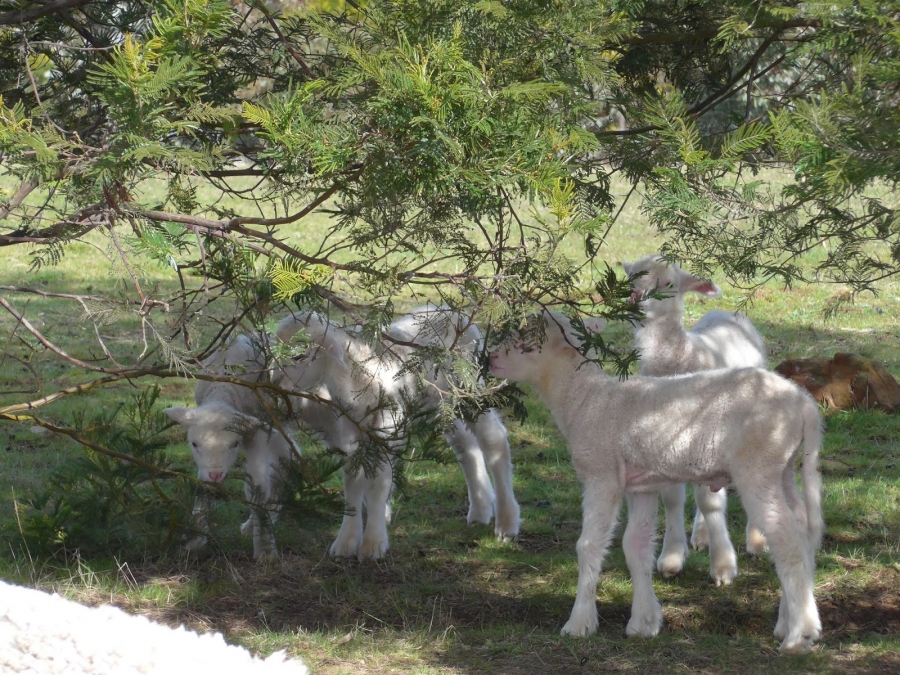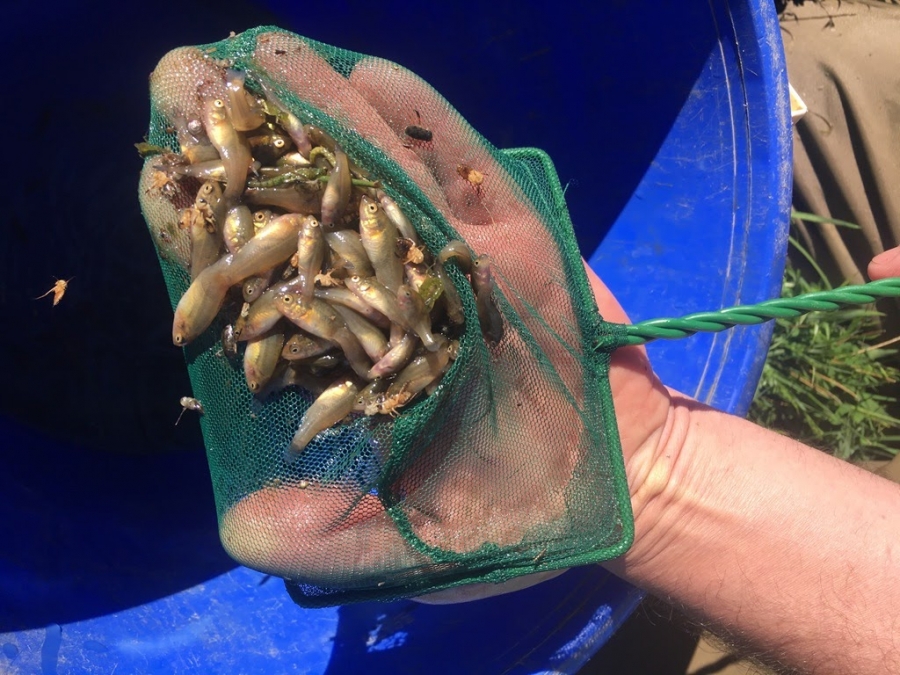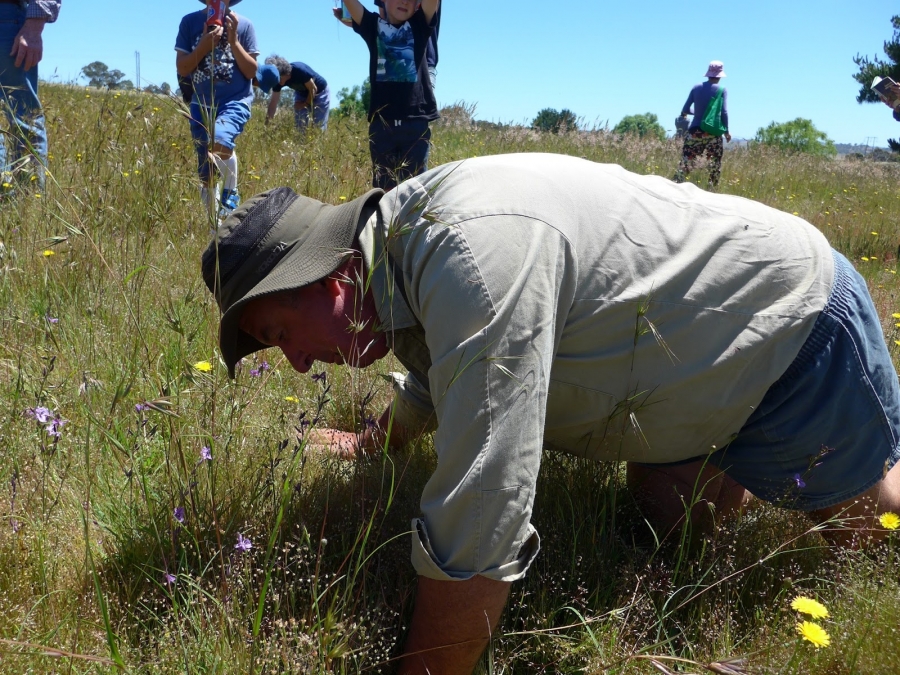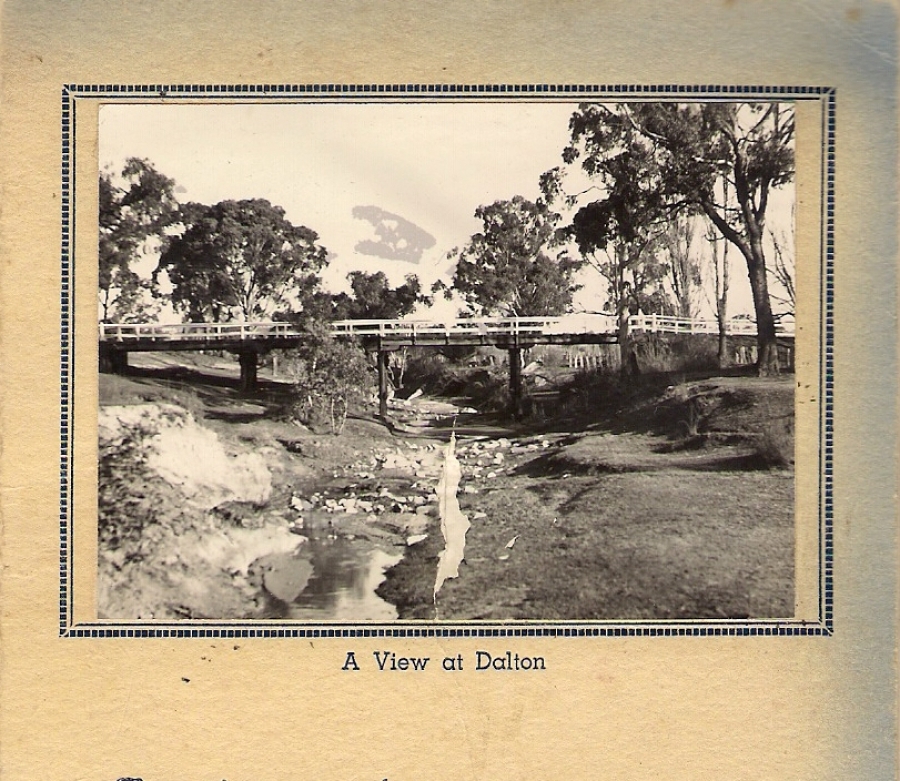Feral Pigs Beware
Gunning District Landcare hosted a very informative day at Dalton Anglican Church Hall recently. Speakers from Local Land Services included biosecurity Officers Scott Schlunke and Gina Guinane who explained feral pig biology and behaviour, as well as early warning signs indicating if pigs are active in your area. Local Land Services District Veterinarian Alex Stephens discussed important health concerns we all need to be aware of and simple precautions we can take like wearing eye protection, face mask and gloves when handling feral animal carcases.
Mick Calleja from the Rural Police squad explained where a landholder stands in regard to illegal hunting, the use of CCTV cameras and trespassing. Mick also gave some tips to help protect your property from thief. Peter West from the Invasive Animals CRC (DPI), and the developer of FERALSCAN, explained how FERALSCAN can be used to track and monitor feral animal populations and options to restrict this information to a private group. Monitoring cameras were also discussed in detail, including what models suit what purpose, placement, and others tips and tricks for successful use.
Participants learnt what methods of control are available and saw some practical demonstrations explaining how to bait and trap effectively.
A jam packed morning that delivered some excellent and practical information. If we work together as a community, we can keep pigs in low and manageable numbers.
Gunning District’s Esteemed Resident
With increased sedimentation, vegetation clearing and exotic fish populating our waterways – it’s a wonder we have any native fish left. But we do! Here - in the paradise of Gunning District – we have a population of Southern Pygmy Perch. This population is one of only 3 known remaining populations in NSW.
Southern Pygmy Perch once inhabited waterways far and wide throughout NSW, including the Lachlan, Murrumbidgee and Murray river systems. They were once so plentiful people would catch them in large numbers and use them as bait fish. Now they are listed as an endangered species.
It is a classic tale of big fish eating medium fish, and then medium fish eating small fish, small fish eating tiny fish and so on. Southern Pygmy Perch may be small but their ongoing survival is important for the survival of many other fish species. Not to mention any loss in biodiversity across our landscape leaves us all the poorer.
Southern Pygmy Perch live amongst the aquatic vegetation growing in creeks, dams, billabongs and wetlands. They are carnivorous, eating a range of aquatic crustaceans and insects. They grow to between about 6 to 8cm long.
The main threats to Southern Pygmy Perch survival is loss of habitat. Seen as loss of riparian and aquatic vegetation, as well as wetland drainage and regulation. Predation is also a major threat and the main culprit in the Gunning area is the introduced red fin. These aggressive fish compete with Southern Pygmy Perch for habitat but are also known to eat Southern Pygmy Perch.
The long, scruffy grass growing along your creeks and around the edges of your dam may look far from manicured, but to Southern Pygmy Perch this is home sweet home! They need vegetation to shelter in, hunt, regulate water temperature and breed. Gunning district is so fortunate to still have a Southern Pygmy Perch population. However, if we don’t turn around the habitat loss, it may not be for long. Wouldn’t it be great if rather than holding on to our small population, it could grow!
The Truth About Trees
Gunning and Yass District Landcare and friends will present: THE TRUTH ABOUT TREES - Harness the Power of Nature to Increase Your Production, Profit and Pleasure.
Whether you are contemplating a complete farm makeover, renovating a dam or just bunging in a small shelter belt, this free, fully catered expo is not to be missed.
Southern Pygmy Perch Report
Luke Pearce from DPI fisheries recently visited the Blakney Creek area to sample various sites where Southern Pygmy Perch (SPP) had been previously released. Below is a summary of his findings.
Chocolate Lilies
As promised, on the Landcare walk at the Golf Club.... the Chocolate Lilies were on full display and smelling like" freddo frogs" to the delight of the kids and one of Gunning District Landcare members' Vince Heffernan.
Big Events at Dalton21 Million Years Ago, 1896, 1988 and Today
Three Dalton Dignitaries Declare New District Drawcard Officially Open
The Dalton district has seen some big events. This includes three grand civic ceremonies in 1896, 1988 and November 2016. And some 21 million years ago there was a huge cataclysmic volcanic event which we can still see the evidence of today. The two earlier ceremonies and geological upheaval were all reflected in a very recent community event hosted by the Dalton Community Association and Gunning District Landcare.



